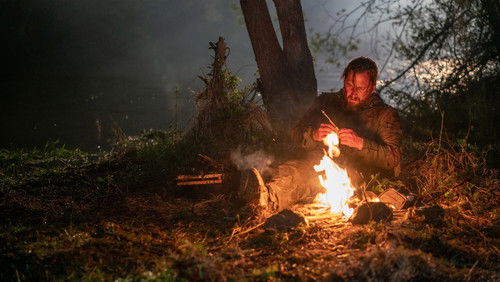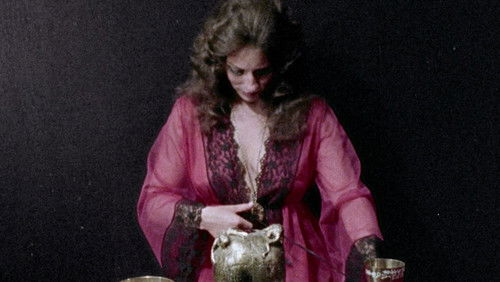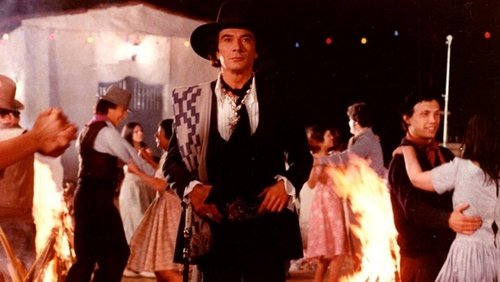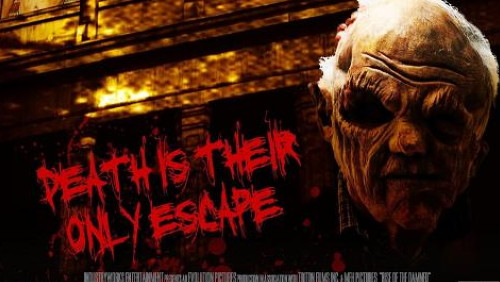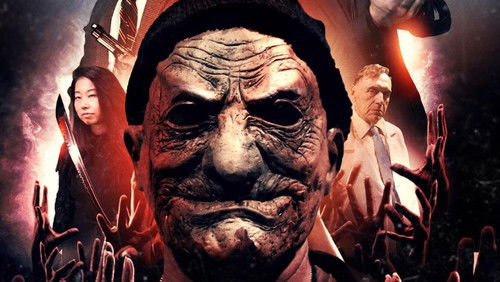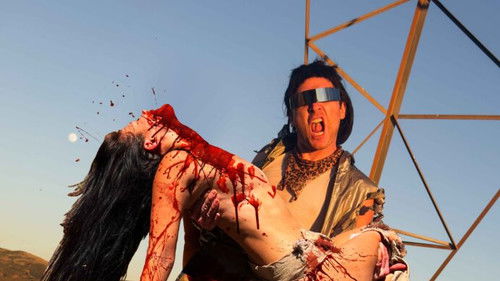Die Prophezeiung (1979)
65KDie Prophezeiung: Directed by John Frankenheimer. With Talia Shire, Robert Foxworth, Armand Assante, Richard Dysart. A log company’s waste mutates the environment, creating a giant killer bear-monster.
“Reviewers of the film are quick to undercut its actual effectiveness as a film without realizing that many parts of the film succeed, including the tension of the characters against the beast, the horror of the beastsu0026#39; attacks, the helplessness of man within nature, etc. Reviewers would be accurate to attack the cheesy effects, hokey dialogue at times and overall loss on energy in the film toward the climax, but thereu0026#39;s much more going on here.u003cbr/u003eu003cbr/u003eProphecy is, at best, a) a departure for John Frankenheimer, b) a 70u0026#39;s horror movie with a social conscience and, c) not withstanding amateurish special effects, predictable dialogue and long-view shots of Talia Shire looking petrified beyond speech, an actually entertaining, somewhat surprisingly satisfying film. The novel created an intelligent, often compelling case for early environmentalism and the frightening consequences of doing nothing in light of the dangerous contamination of the Earth. Prophecy as a film suffers from a deplorable special effects deficiancy (case in point: at one point in the film, the monster is clearly u0026quot;walkingu0026quot; on the dock with the courtesy of a mechanical dolly and hydraulic levers…uggh) as said before, but looking beyond this, the filmu0026#39;s plotline does build tension, though it loses steam in the end, concluding with a rather lamely tacked-on u0026quot;surpriseu0026quot; ending that is more befitting of the TV networks in the 70u0026#39;s. Frankenheimer captures a u0026quot;land-lockedu0026quot; Jaws-like eating machine on film with a vengeance, and the subsequent carnage is, while unfortunate, in light of the circumstances that created the beast, understandable. The focal point of the movie, the beast itself, operates as a deranged ecological locomotive ( actually sounding like one onfilm at times ) hell-bent on taxing mankind for its misfortune.u003cbr/u003eu003cbr/u003eRemarkably ( and most likely accidentally) the film achieved a perfect u0026quot;of the momentu0026quot; time slice capture of the late 70u0026#39;s era, replete with the worries, political movements, ambiguities and uncertainties of the time all woven within the backstory of the Indianu0026#39;s struggle against the papermill, global overpopulation, bigotry and commercialization at the expense of nature.u003cbr/u003eu003cbr/u003eBeautiful scenery ( courtesy of British Columbia, circa 1978/1979), believable performances, particularly from Richard Dysart and Armand Assanti, combined with circumstances and sequences never actually realized on film before combine to make a pretty meaty B movie. Case in point, the opening sequence with the dogs and the cliff, the tunnels of the Indian village and their subsequent use later in the film. I saw this film when I was 11, and the memory of the camping family and their fate in the film has YET to leave me. Donu0026#39;t think Iu0026#39;ve ever camped again without recalling that scene…u003cbr/u003eu003cbr/u003eI recommend the film without taking it as seriously as it seems to take itself, though the message of environmentalism is one worth listening to. The plot device of methyl mercury poisoning in Minimata, Japan is based on true life actual events, and is considerably more frightening than the sum of this movie, but is worth researching sometime.u003cbr/u003eu003cbr/u003eu003culu003eu003cliu003eMonstergarpu003c/liu003eu003c/ulu003e”
